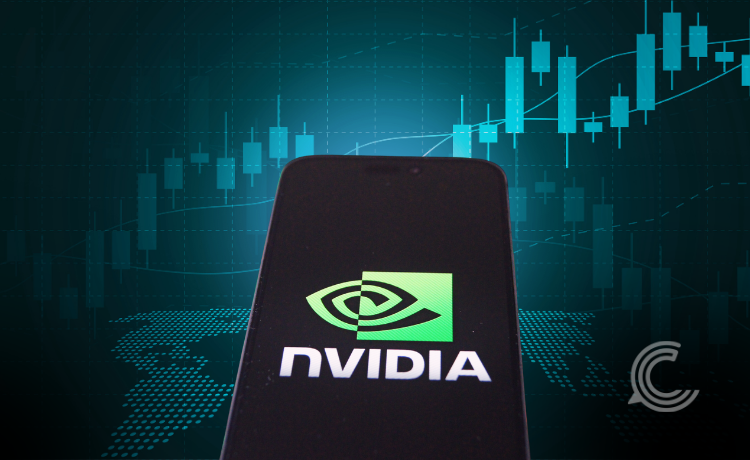NVIDIA Q3 Earnings Drivers: Why Data Centres and Blackwell Chips Fuel AI Growth

Key Points:
- Record revenue of $51.2 billion in the Data Center segment, a 66% year-over-year increase, established this division as the primary revenue engine.
- Large-scale, government-backed AI projects and massive industry build-outs are creating massive, long-term revenue visibility.
- The strong early demand for next-generation platforms like Blackwell confirms NVIDIA’s sustained technological leadership and pricing power
The tech world remains fixated on NVIDIA’s stellar financial performance, with the company’s fiscal year 2026 third-quarter earnings (for the period ending October 26, 2025) once again defying market expectations. The results highlights its central, indispensable role in the ongoing global build-out of Artificial Intelligence (AI) infrastructure. A detailed look reveals that three core drivers, the insatiable demand for Data Centre GPUs, the rise of Sovereign AI projects, and a powerful product upgrade cycle, fueled this record quarter.
The Unstoppable Data Center Juggernaut
The most significant driver of NVIDIA’s Q3 performance was, without question, its Data Center segment. Reported by Upstox, the segment clocked a record $51.2 billion in revenue, growing an astounding 66% year-over-year.
This revenue surge is a direct reflection of the accelerated global race to build and deploy generative AI. Hyperscale cloud providers, including Microsoft, Google Cloud, and Oracle, are aggressively investing in massive clusters of NVIDIA’s Graphics Processing Units (GPUs), specifically the high-end Hopper architecture, to power large language models (LLMs) and offer AI-as-a-service to their customers.
NVIDIA CEO Jensen Huang encapsulated the situation simply on the earnings call, stating, “Blackwell sales are off the charts, and cloud GPUs are sold out.” The statement, reported by The Register, emphasises that the supply of NVIDIA’s cutting-edge AI accelerators is currently the limiting factor, not the demand.
The Rise of Sovereign and Industry AI
Beyond the hyperscalers, a new, massive source of demand is emerging: Sovereign AI. This refers to national efforts by countries to build their own dedicated AI infrastructure, often using NVIDIA’s chips, to process their domestic data and maintain technological autonomy.
This trend is a key feature of the Q3 narrative. The AIM Media House reported that NVIDIA disclosed multiple large-scale sovereign and industry AI projects. A notable example is a multi-year agreement linked to Saudi Arabia for a massive deployment of their GPUs. Other significant commitments include partnerships with major AI model developers like OpenAI and Anthropic to build multi-gigawatt AI data centers.
These projects provide NVIDIA with unprecedented revenue visibility, allowing the company to forecast sustained, high-growth demand for its data center products well into the future. It demonstrates that the AI build-out is global, multi-sectoral, and supported by nation-state-level budgets.
The Power of the Product Cycle
The continuous, rapid-fire nature of NVIDIA’s product innovation is the third powerful tailwind. The company has successfully navigated the transition between GPU generations, maintaining its technological lead and market share.
The early performance and adoption of the newest platform, Blackwell, played a crucial role. Reported by Investopedia, the CFO noted that based on current demand trends, the company might be set to exceed its already ambitious $500 billion combined revenue goal for its Blackwell and Rubin platforms through late 2026.
This strong forward guidance is not merely aspirational; it is grounded in superior technology. The latest products offer significant performance and efficiency gains, such as a 10x throughput per megawatt improvement over the previous generation, as reported by Upstox. For data center operators, whose biggest ongoing cost is power, this generational leap makes the massive, expensive upgrade cycle financially compelling and inevitable. The demand for increasingly powerful hardware to handle the ever-growing size of foundation models ensures that every quarter sees a new wave of capital expenditure across the AI ecosystem.
Conclusion
NVIDIA’s Q3 earnings report offered a decisive answer to market concerns about a potential “AI bubble,” instead reinforcing the narrative of a fundamental, multi-year shift toward accelerated computing and generative AI. The performance was driven by the overwhelming, immediate demand from hyperscalers, the strategic, long-term investment by global entities in Sovereign AI, and the continuous, technologically superior roll-out of new GPU architectures. As the essential “AI arms dealer,” NVIDIA maintains a powerful position at the centre of this revolution, with its Data Centre unit set to drive growth for the foreseeable future.



